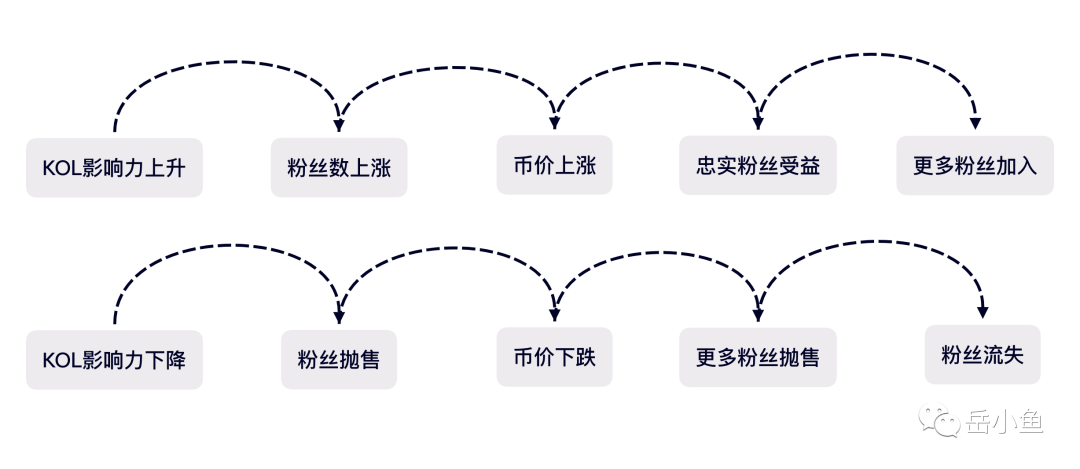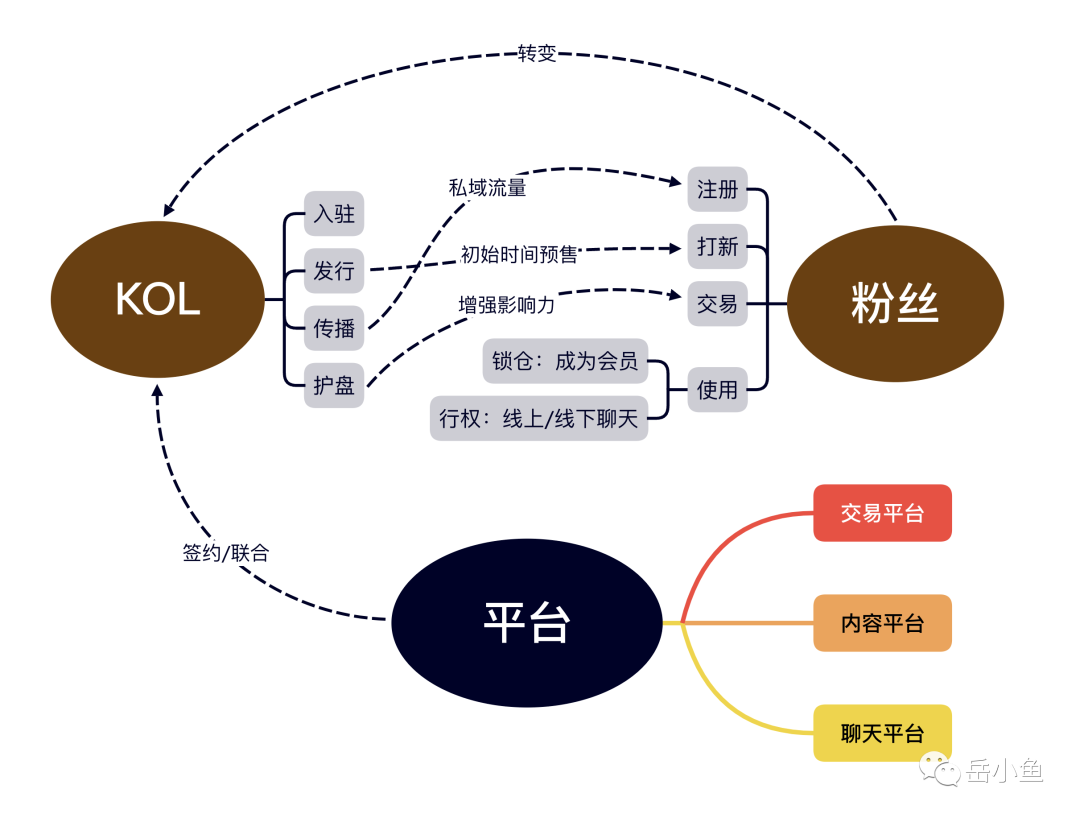New project in the Web3 social track In-depth analysis of KOL time trading platform Time Store.
New project In-depth analysis of Time Store, a KOL time trading platform in the Web3 social track.
Author: Yue Xiaoyu
No investment advice, pay attention to project risks
Over a month ago, friend.tech emerged and sparked a wave of Web3 social frenzy. I was one of the first to experience friend.tech and wrote an analysis article.
- Overview of Outlier Ventures’ 6 Cosmos investment portfolio projects
- Summary of the latest Ethereum core developer execution meeting Devnet-9 launch delayed again, Holesky test network validator participation rate close to 80%.
- Vitalik Should Ethereum integrate more functions at the protocol layer?
A Brief Discussion on Decentralized Social Product friend.tech: glimpsing the present and future of SocialFi
Originally, I thought this product might be short-lived because it is a typical Ponzi model and lacks sustainability. However, I did not expect friend.tech to continue to gain popularity and attract more and more people to try it out, resulting in a series of innovative Web3 social products.
Today, I want to share a recently discovered interesting similar product: KOL time trading platform Time Store.
01 Introduction
Web3 social products monetize social value, making intangible assets like “social value” liquid.
Time Store is a platform that allows each user to issue their own social currency, with the unit of the token being seconds, representing each person’s time.
Time is the scarcest and most quantifiable resource for everyone.
Among them, the unit time value of KOLs (Key Opinion Leaders, i.e., influencers) is obviously higher than that of ordinary people.
In Time Store, fans can purchase KOL tokens, which means buying their time. By paying tokens, they can communicate with KOLs online or offline, or access paid content. At the same time, fans can also trade KOLs’ time.
The token price actually quantifies the social value of KOLs. When KOLs harm their social value, such as deceiving fans or generating negative impacts, fans can sell their tokens, causing the token price of KOLs to decrease. On the other hand, as KOLs become more influential, more fans will buy their tokens, causing the token price to rise.
Meanwhile, fans can expand the influence of KOLs by purchasing their tokens or promoting them. As the influence of KOLs grows, their tokens become more valuable, and fans can benefit from the appreciation of KOLs’ tokens.
Therefore, this is a profit-sharing model where fans and KOLs form a community of shared interests and create a growth wheel. Both fans and KOLs are motivated to drive the price of their tokens up.
This model belongs to the typical gameplay of Web3 and is the biggest difference from traditional Web2 products: using tokens to achieve value circulation and profit sharing.

Growth Wheel
Specific gameplay:
- The total amount of tokens issued by each issuer is fixed at 1 billion seconds.
- The token issuance goes through two stages: initial issuance and later unlocking.
- Initial issuance: The initial issuance amount is fixed at 1 million seconds and needs to be pre-purchased at a price of $0.0015 per second (similar to IPO subscription). If the pre-sale is oversubscribed, at the opening, each fan randomly receives the right to purchase the initial issuance amount based on the proportion of their subscription amount to the total subscription amount.
- Later unlocking: After the opening, when the price rises above $0.0015 per second, for every hour maintained, 10,000 seconds will be unlocked, of which the issuer will receive 8,000 seconds, and 2,000 seconds will be rewarded to community members. When the token price rises from $0.0015 per second to $149.85 per second (a 99,900-fold increase), all 1 billion seconds will be unlocked, i.e., fully circulated. (This is basically impossible to achieve, so it is unlocked linearly based on time)

Product Logic
02 Project Background
Time Store is a domestic project and the product only supports Chinese. This product is actually the predecessor of “Miao Ah,” which was popular in 2017. The founder also claims to be a member of the original “Miao Ah” team on Twitter.
Miao Ah claims to be the world’s first time trading platform. The platform will sign contracts with celebrities, stars, entrepreneurs, founders, and campus celebrities who have the potential for monetization. They will buy a portion of their time at a relatively low price, then split the time into seconds and allow investors to trade on their platform. The whole process is similar to the “IPO” of stocks and subsequent secondary market trading.
After users accumulate a certain amount of celebrity time, they can exchange it for services such as online chatting and offline dining together. Online rights trading starts from 1 second, and offline rights trading starts from 2 hours.
In fact, you will find that the gameplay of Time Store is basically the same as Miao Ah.
Miao Ah was referred to as the Nasdaq of personal time at the time, but the Miao Ah team was controlled, and the China Securities Regulatory Commission determined that it was a type of security in China, requiring them to refund users and targets, ultimately resulting in the project being reset to zero.
However, recently, the Web3 social product friend.tech has become popular, and many Twitter KOLs are playing friend.tech. It is very appropriate for Time Store to launch at this time.
Time Store claims that all team members are overseas and none are in China, thus avoiding previous policy risks.
03 Comparison with friend.tech
For an introduction to friend.tech, you can refer to the previous article:
A brief discussion on the decentralized social product friend.tech: glimpsing the present and future of SocialFi
1. Token Model
FT (friend.tech) is essentially an NFT, a voucher with rights, with no upper limit on the total supply. However, as the number of purchasers increases, the price of the next key will also increase exponentially. When the circulation reaches around 100, the unit price will reach $1000, with a relatively low invisible price ceiling;
TS (Time Store), on the other hand, directly tokenizes the value of KOLs and has an initial issuance and linear unlocking based on time. Users can trade directly, accommodating a larger number of users and a larger amount of funds, with better liquidity.
2. Incentive Mechanism
KOLs on FT can only earn transaction fees, 5% of the unit price; while KOLs on TS can earn income through initial issuance and token appreciation unlocking, allowing KOLs to make money first.
3. Token Use Cases
Keys on FT can only be used for fans to initiate private chats with KOLs, while time on TS has more use cases, such as online and offline communication, viewing paid content, etc.
4. Decentralization
FT is a decentralized product, with each user having their own wallet and being able to control their assets. Transactions occur on the blockchain, which is highly transparent;
TS, on the other hand, is a centralized product, with each user sending money to the TS platform and then conducting off-chain transactions. TS is actually similar to a centralized exchange, with non-transparent transactions and difficult to guarantee fund security.
5. Product Experience
The product of FT is relatively difficult to use, and can be described as very crude; but the product experience of TS is very smooth, with many functions, including initial issuance subscription, trading price curve chart, and posting functions.
This also shows that, in the Web3 industry, domestic teams actually have a great advantage at the application layer.
04 Summary
Let’s take a look at the advantages and disadvantages of this product.
First, let’s look at the advantages of this project:
1. Taking advantage of the trend of Web3 social product friend.tech, Time Store is launched at the right time.
2. The business model and product logic have been validated by the original product, benefiting the fan KOL platform, and this ecological symbiosis model can form a growth flywheel.
3. The product experience is far better than many Web3 products, and the project has also introduced new gameplay, such as airdrop expectations and paid content.
Now let’s look at the disadvantages of this project:
1. It is a domestically made team, and currently the product only supports Chinese. It is being played by the Chinese community, and it is still unknown whether it can successfully enter the overseas market.
2. The biggest problem is that this product is a centralized application, similar to the centralized exchange model like the original product. Asset security is the biggest risk. If the product wants to develop in the long term, it needs to be transformed into a decentralized product from the architecture, similar to friend.tech, embedding a decentralized wallet, allowing users to control their assets, making transactions transparent. Only in this way can more users and funds participate.
Finally
In the Web3 industry, new and interesting things appear every day. We must continue to participate in new concepts and new things, not only to find profit opportunities, but also to enhance our understanding of this industry.
We will continue to update Blocking; if you have any questions or suggestions, please contact us!
Was this article helpful?
93 out of 132 found this helpful
Related articles
- The enthusiasm for the ‘Anti-Shib Movement’ is high, ‘Abandoned Child’ CAL becomes the most powerful weapon.
- Overview of the selected projects for the second phase of Outlier Ventures’ Zero Knowledge Base Camp
- ETHGlobal New York Hackathon 13 Winning Projects Overview
- ETHGlobal New York Hackathon A Review of the 13 Finalist Projects
- Quick Look at the 13 New Projects Shortlisted for the ETHGlobal New York Hackathon Finals
- Inventory of 10 blockchain projects that recently received investments from well-known VCs Freatic, LianGuairallax, Socket…
- Sorry, we failed. Multiple projects have been shut down one after another. Is the shutdown wave coming to the cryptocurrency industry?






